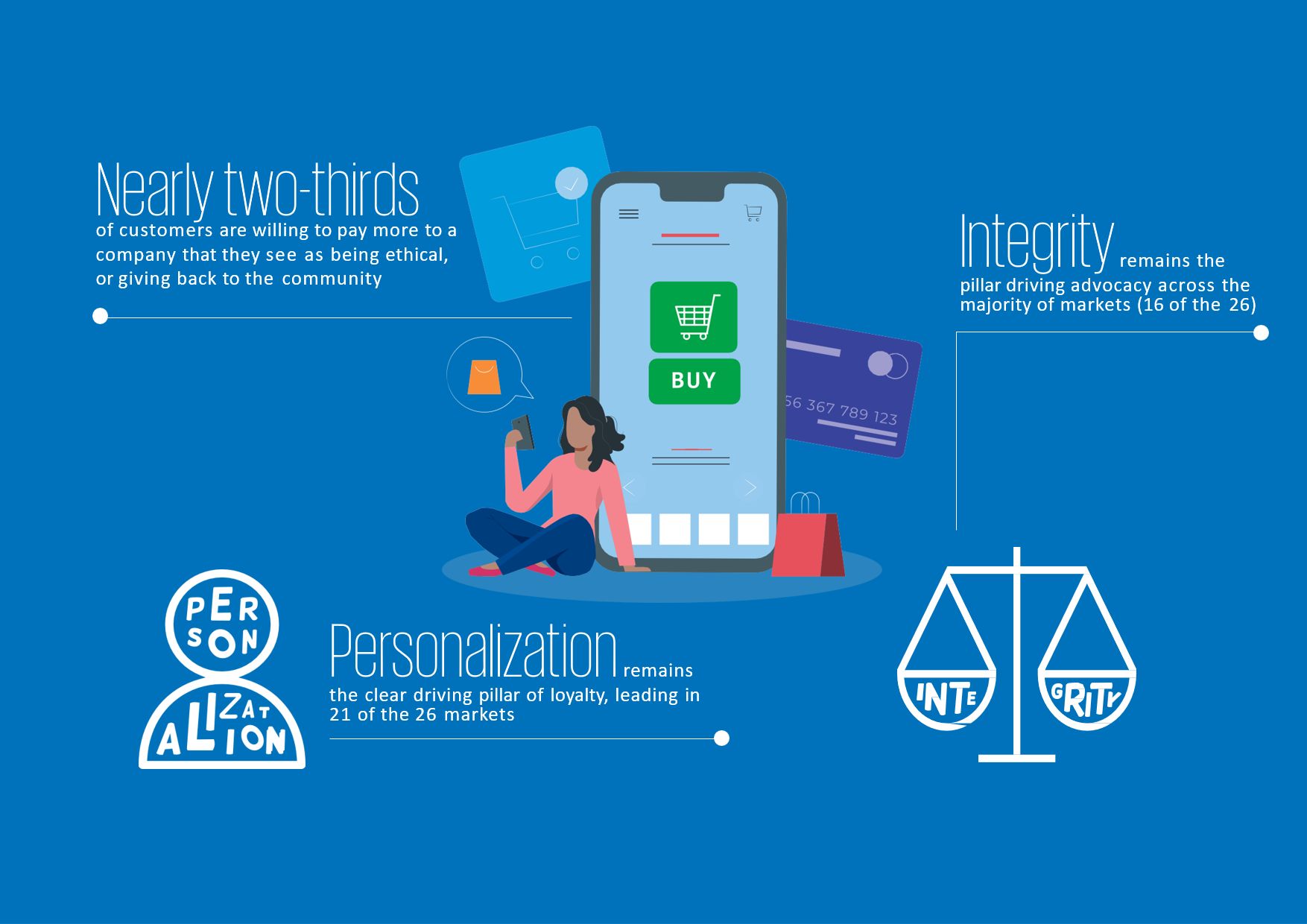Hyper-personalisation, authenticity and digital agility. Beyond an impeccable product, the modern-day consumer in Singapore also seeks an unmatchable buying experience.
While businesses have always been on the front foot when it comes to anticipating and adapting to evolving consumer patterns, the COVID-19 pandemic has accelerated this. Supply chain disruptions underscored the need for real-time customer service solutions, while strict border lockdowns and contact restrictions paved the way for an e-commerce boom. As mobile usage soared, so did the demand for omnichannel retailing.
Environmental and societal issues have also come to underpin consumer choices. Beyond customer-centric approaches, buyers are increasingly being drawn to brands that are both sustainable and purpose-led.
However, aligning consumer engagement objectives with day-to-day business needs is no mean feat. Instead of working in silos, key departments need to embrace synergy. To stay relevant to consumers in a highly competitive digital marketplace, companies will need to focus on three key areas: embarking on a digital transformation journey, personalising the consumer experience and building trust.
These were key findings from KPMG’s Customer Experience Excellence Research 2021, which underscored the need for businesses to stay connected, powered and trusted to adapt to changing consumer demands. Conducted from April to July 2021, the survey studies responses of 88,000 consumers across 26 major markets, including Singapore. Respondents ranked their experiences in eight key sectors, namely utilities, grocery retail, non-grocery retail, travel, financial services, logistics, public sector and telecoms industries.
A snapshot of consumer patterns across the world

The Six Pillars of Experience: Understanding the Singapore consumer
Regarded as a key marker for exceptional customer engagement, The Six Pillars of Experience underscore six key characteristics that businesses can embed into their operations to achieve optimal growth. These include elements like personalisation, integrity, expectations, resolution, time and effort, and empathy. When harnessed as one holistic strategy, the six pillars have the potential to improve company bottom lines and elevate the overall customer experience.
The graph below illustrates the evolving importance of the six pillars amongst Singapore consumers between 2019 and 2021.

Key areas for brands to improve customer excellence
- Incisive data, insightful decisions
Embracing the right digital tools and technologies can help brands streamline the process of collecting, sharing and using data. This means having an accurate, real-time view of key operations like supply chains processes and back-end support frameworks, amongst others. While going digital is important, companies must never lose sight of what makes them stand apart from their competitors in the first place — the human touch. - Elevating brands with empathy
With the COVID-19 pandemic putting a spotlight on ESG-related matters, brands will have to carefully curate a culture of care and concern for rising global issues both amongst employees and consumers. Dictating a clear, purpose-driven mission can help brands boost their appeal and stay relevant. A growing trend of sophisticated cyber-attacks and data breaches also underscores the need for enhanced cyber security frameworks to maintain consumer trust.
Download our report below for KPMG's summary of the Singapore customer experience journey:


